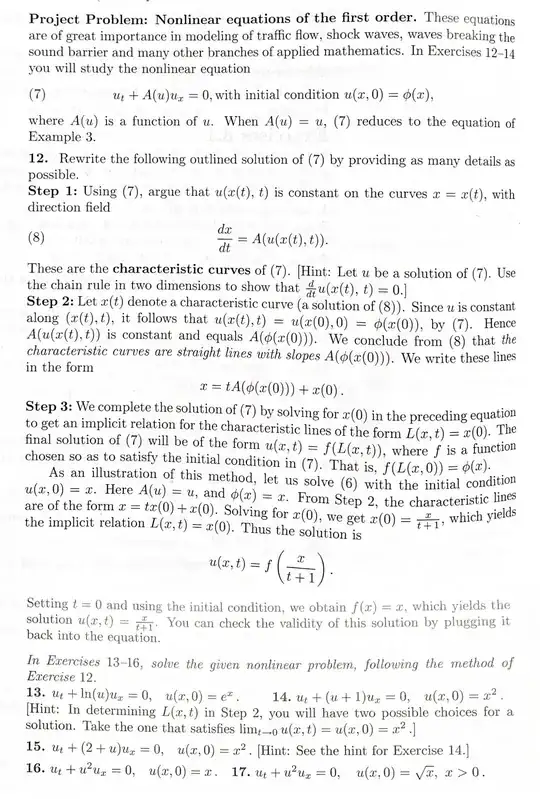I hope you’re all successfully cracking THAT problem that doesn’t let you sleep during this lockdown. For me, it’s this problem right here. I’m afraid I’m having a hard time following the author of this book through the process he outlines.I have no problem replicating the steps he took to solve the PDEs and I’ve successfully solved the exercises labeled 13-17, I just don’t understand the process he mentions in the steps. I realised when I tried to explain to a friend that I had no clue how the author got to the solution. And I couldn’t find anything online of this specific method. So now I turn to you guys. My goal is to understand this method conceptually, or geometrically, sort of like 3blue1brown videos.

I wish all of you the very best, and I hope you and everyone you care about is safe and healthy. I hope any of you can help me get my thoughts in order regarding this problem. Thanks in advance.
The book I’m using is: Asmar, N. H., & Jones, G. C. (2002). Applied complex analysis with partial differential equations. Upper Saddle River, NJ: Prentice Hall